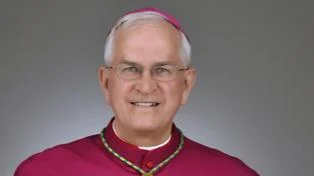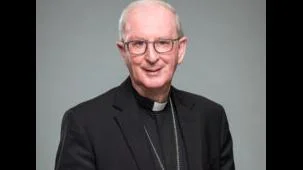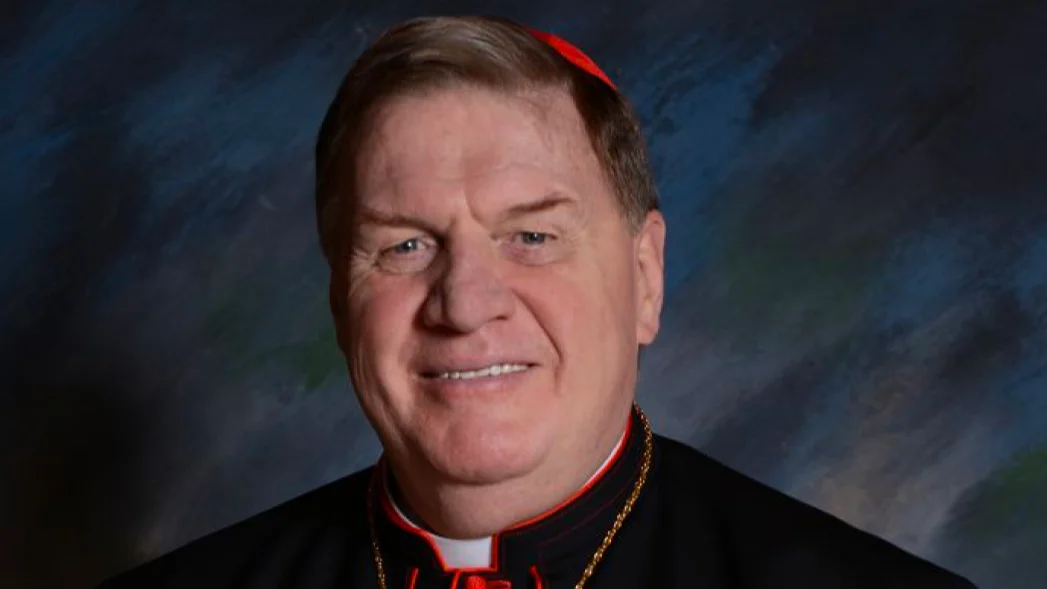
Reverend Joseph E. Kurtz, D.D. Bishop | Archdiocese of Louisville
The Archdiocese of Louisville has begun the second phase of its parish planning process, following the conclusion of the first phase in August. This process, which started in May and is expected to last a year and a half, aims to address changing needs within the local Catholic community.
During the initial phase, parishes were provided with information outlining four main organizational issues for future planning. They were asked to consult with parishioners and submit qualitative reports on their strengths, challenges, and unique characteristics. Quantitative data on Mass participation, sacraments, facilities, and finances were also collected.
Dr. Brian B. Reynolds, chancellor and chief administrative officer of the archdiocese, said, “We’re pleased that 100 percent of the parishes completed their reports. There is evidence that the parishes took the task seriously and know this is an important process.”
Reynolds noted that more people participated than initially expected: “What is particularly significant about part one of the process, we imagined it would engage 1,200 persons or so, as parishes had consultations. But some of the parishes did very broad-based surveys, and a few even had town hall gatherings. It is evident there were several thousand people who had input.”
In this second phase, each parish received a binder containing summarized reports from all parishes in their deanery as well as maps and comparative charts based on submitted data. Parishes are now being asked to review this information and consider possible changes given factors such as priest availability, demographics, facilities, and finances.
“In light of the parish reports, changes in the number of available priests, the data on demographics, the information on facilities and finances, what possible changes would you recommend?” Reynolds stated was the key question for consideration.
He emphasized that all parishes have an equal opportunity to contribute: “Every parish has a chance to make their recommendations; it’s not just the biggest parish or the strongest parish. Every parish does an analysis about what should happen when they look at their deanery. Every parish reviews the data and answers these questions.”
Parish recommendations are due to Archbishop Shelton J. Fabre in January. The third part of this process will begin in winter 2026 with a commission appointed by Archbishop Fabre reviewing recommendations before holding deanery gatherings to discuss draft reports. The final plan will be developed between June and October 2026.
Reynolds highlighted Archbishop Fabre’s commitment to transparency throughout: “The archbishop will appoint a commission to review the parish recommendations. They will draft a deanery report, and then we’ll have deanery gatherings to hear about these reports.”
He added that decisions must be based on solid information: “Planning has to be data-driven, not people’s opinions,” he said. “If we don’t plan, we are susceptible to other people making decisions.” Reynolds pointed out reliance on religious orders and foreign priests for staffing some parishes could pose challenges if those resources change unexpectedly.
As outlined at the start of planning efforts last spring, there are currently 110 parishes (including missions and a shrine) within the archdiocese but only 57 archdiocesan priests assigned among them; another 35 non-archdiocesan priests fill remaining roles.
“If one of the religious orders decided to move its priests somewhere else,” Reynolds explained regarding staffing concerns,“that could have a major impact on us.”





 Alerts Sign-up
Alerts Sign-up